
US Army Tests Gun-Mounted Robot Dogs in the Middle East
The US Army is currently testing the deployment of gun-mounted robot dogs at a military facility in the Middle East, as revealed by recently released images. The action was made against the background of growing tensions in the Middle East, especially given the latest missile striking by Iran on Israel.
The photos featuring a four-legged gun-mounted robot dog are performing “rehearsals” at the Red Sand Dunes area near Riyadh, KSA; the videos were posted by the Defense Visual Information Distribution Service (DVIDS). It is a cooperative military research insensitive that will host both US and Saudi researchers.
AI-Enabled Rifles and Autonomous Capabilities
This robot dog is a weaponized machine with what can be described as an AR-15/M16-pattern rifle installed on a revolving assembly, similar to a gun barrel. The four-wheeled automaton very much resembles the tested robot system that the US Army conducted at Fort Drum, New York, in August.
According to the US Army, these gun-mounted robot dogs are four-legged unmanned ground vehicles (UGVs) armed with artificial intelligence-enabled rifles. They are meant to be used in providing solutions in the development of innovative unmanned system employment in military operations.
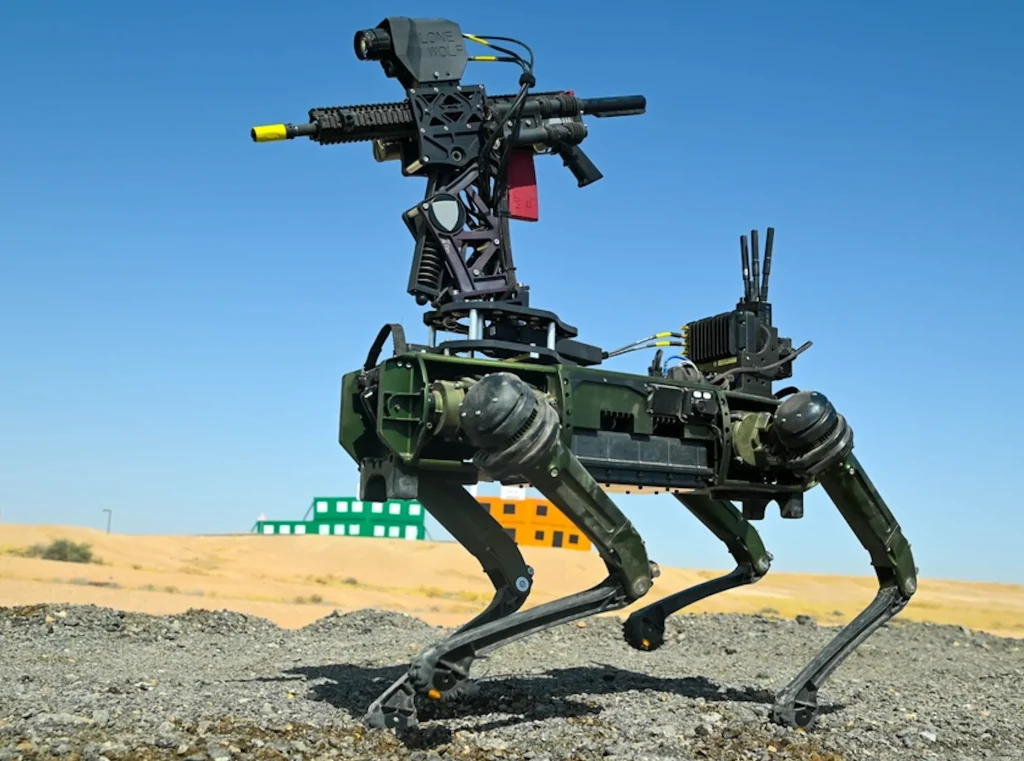
Countering Drone Threats and Surveillance
The testing of gun-mounted robot dog formed part of a comprehensive demonstration that involved 15 others “counter-drone platforms’ based at Red Sands last month. In recent years, the US Department of Defense has been gradually integrating robotic canines, and other autonomous ground vehicles among its forces.
The use of gun-mounted robot dogs has been proposed for various purposes, including perimeter defense tasks, surveillance, and patrolling the US-Mexico border. But these proposals have elicited negative response from politicians and human rights organizations.
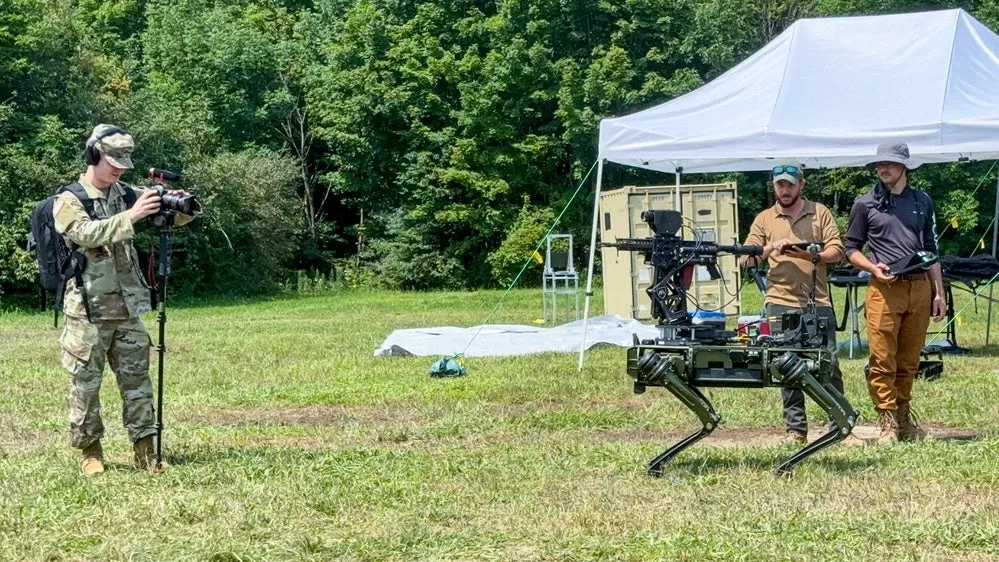
Pioneers and Controversies in Robot Dog Technology
Boston Dynamics, an American engineering firm, actually started development of robots that resemble actual dogs. The initial quadruped first model known as “BigDog” was developed when the company partnered with NASA and the US DARPA in 2005.
Although Boston Dynamics eventually stated that it will not help develop weaponized technology, and insisted that its counterparts stop doing the same, other companies are still researching and building similar equipment for military use. The Israeli Defense Forces (IDF) has also experimented with the use of remote-controlled gun-mounted robot dogs in its operations in Gaza.
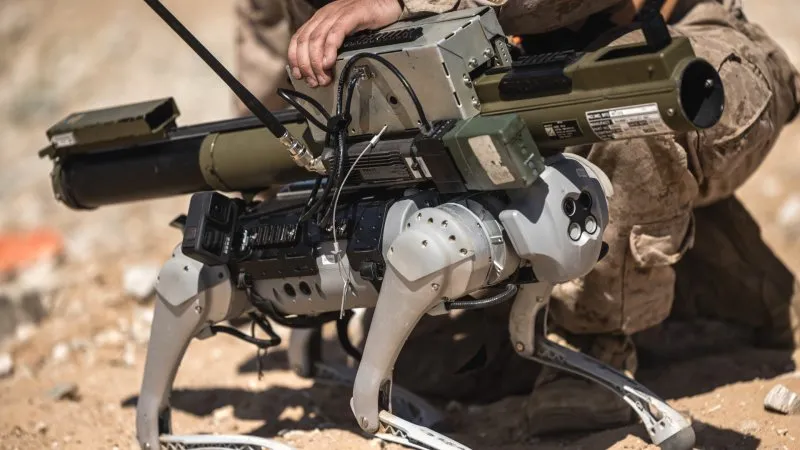
Ethical Concerns and Pentagon Directives
The deployment of gun-mounted robot dogs in military operations has raised multiple concerns among researchers, including cost and ethical issues. Last year, to address protests from various groups, the Pentagon published a directive according to which the usage of AI capacities in weapon systems would follow the DoD AI Ethical Principles.
The directive pointed out that the technology would be employed without unnecessary risks and in accordance with the law of war, the treaties, weapon system safety standards and rules of engagement. But civil-society organizations have condemned this measure as an “insufficient response.”
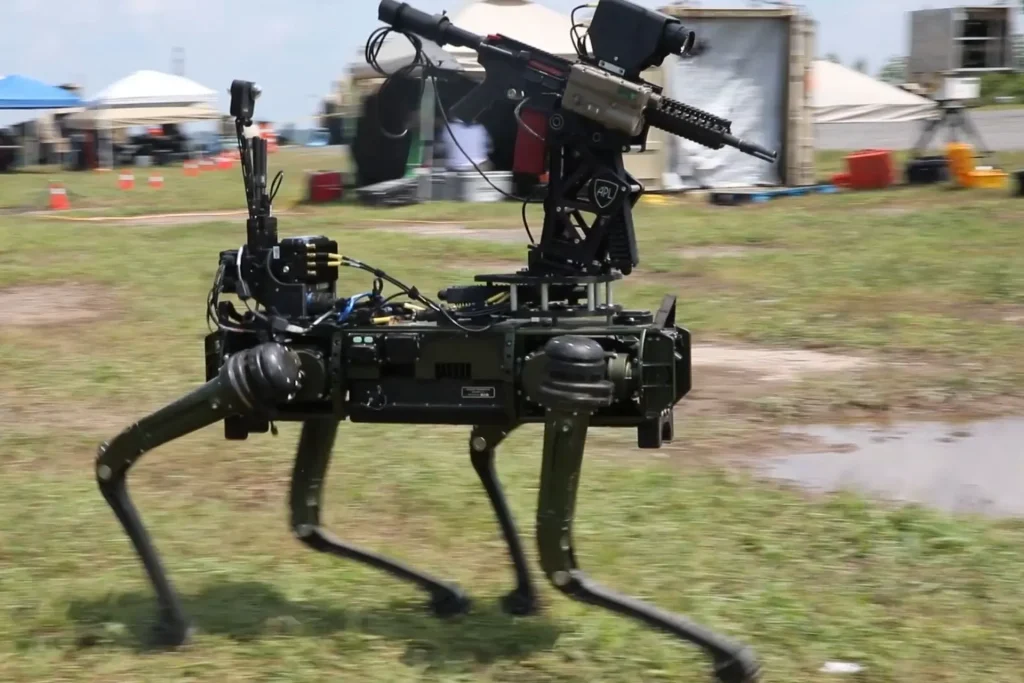
The Future of Gun-Mounted Robot Dogs in Warfare
As the situation in the Middle East continues to escalate, the testing of gun-mounted robot dogs by the US Army has garnered increased interest. Whereas those in support say that such systems will improve the effectiveness of the military as well as minimize harm to human lives, critics express doubts on the concept’s morality, and issues the same could pose when used wrongly.
The deployment of gun-mounted robot dogs in warfare is still in its early stages, and the full extent of their impact remains to be seen. Thus, as the technology progresses further it will only be worth for the politicians, military officials nd general population to discuss the possibilities of right utilization of the autonomous weapon systems.
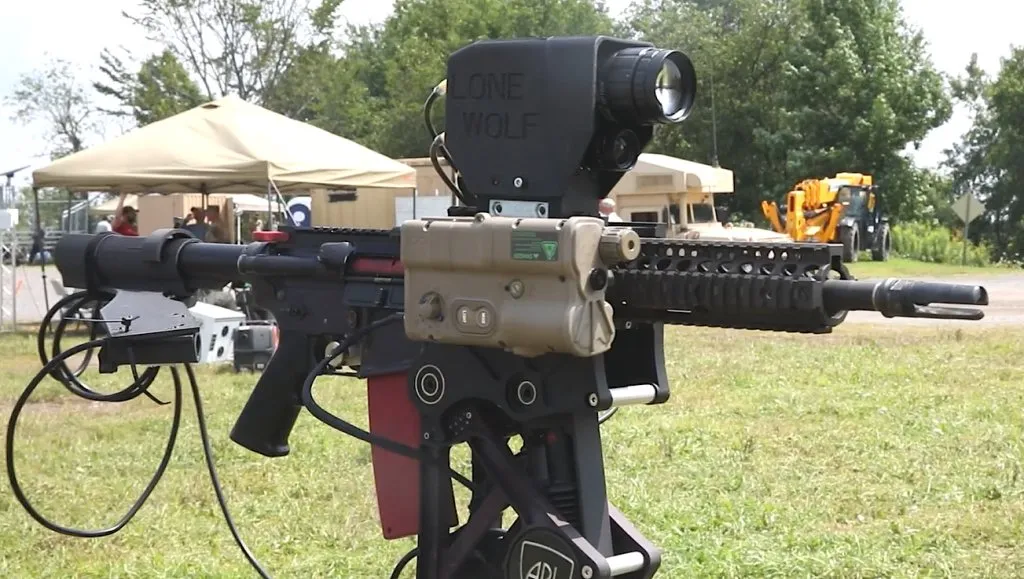
Balancing Innovation and Responsibility
The testing of gun-mounted robot dogs in the Middle East highlights the need for a balanced approach to the integration of autonomous systems in military operations. While investing in technological is good for strategic performance, one must look at the possible risks associated with it and other possibly destructive consequences.
As the US Army continues to explore the capabilities of gun-mounted robot dogs, it must also prioritize the development of robust ethical frameworks and oversight mechanisms to ensure that the deployment of these systems aligns with international law and human rights principles.
Moving forward, the responsible development and use of gun-mounted robot dogs will require collaboration among military experts, policymakers, ethicists, and the public. The use of autonomous weapons system need to be discussed in detail and in an open forum for experts to try and come up with a way forward to the many issues that goes with the use of such systems in the contemporary wars.




